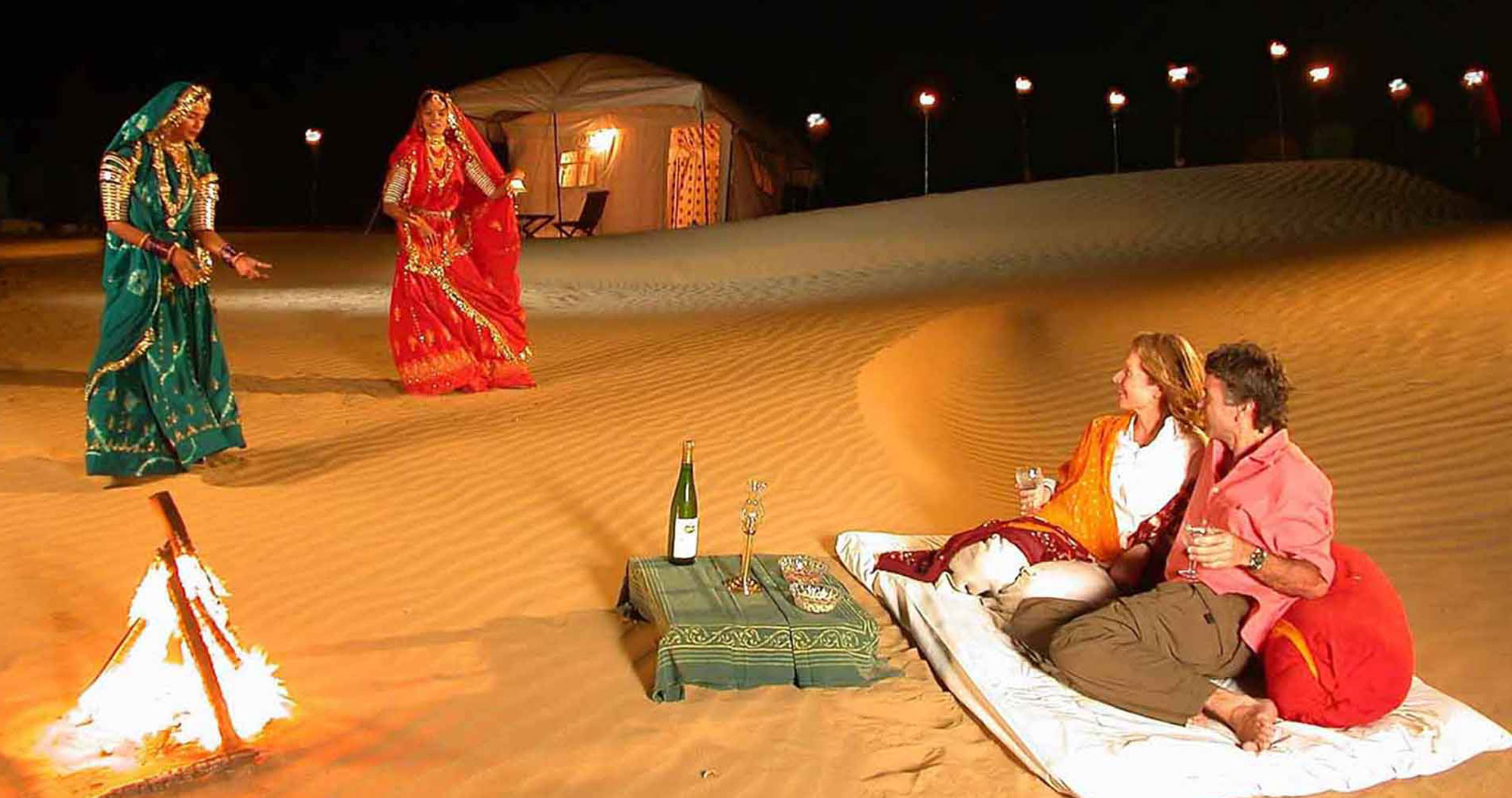In the next ten years, luxury tourism is expected to grow by 6.2% worldwide, especially in Europe and the United States, which will account for 64% of this type of travel, according to a study by the Ostelea university center. Among the trends that will mark luxury tourism in the coming years include the commitment to the local, the personalization of experiences, greater differentiation, exotic places, and visits with an ethical vision with little environmental impact, according to the report Tourism of luxury: challenges and opportunities.
How luxury tourists are and what they buy?
The luxury tourists are, according to the Luxury Tour Operator in Delhi analysis, people between 30 and 40 years old, who have a high purchasing power – annual income of over 150,000 euros. Also, they are travelers who speak several languages, who make a minimum of four trips a year, with a high preference for luxury hotels and cruise ships, and with a high level of loyalty, which makes them “highly requested customers” and “appreciated by the sector.”
If you look at the expense they make, it is observed that 54% of these travelers invest between 5,000 and 10,000 euros in each of their trips, although the budget can amount to 50,000 euros on special occasions such as a Luxury Honeymoon Travel.
Regarding the distribution of spending, the main elements in which these types of tourists invest are, according to Ostelea, high-quality hotels, spas, gastronomy, or sports facilities.
The study also discloses that most of the trips of these tourists are concentrated in August (11%), and December (14%) and that around 46% usually enjoy a ten-day stay at the destination, while 30 % travels over two weeks.
Keys to attracting Premium tourists
The destinations and tourist brands have to change from a marketing focus based on demographic profiles to an approach aimed at psychographic profiles of tourists (which define personality, values, opinions, attitudes, interests, lifestyles and travel motivations). For this, it is essential to know well their behavior, their consumption habits, and their needs when they visit a destination.
The main triggers of purchase (factors that favor the demand) for these Premium tourists are the emotion, the perceived value, the reference they receive from family and friends, the expectation and the need to disconnect from their routine and have enriching experiences.
It is estimated that the growth of this segment was 18%, 1% in 2017, three times higher than the growth of the tourism sector (+ 7%) and much higher than the growth of general consumption of luxury products, which last year increased by 5%).
Even over the years of international economic crisis, the number of millionaires has increased.
North America and Western Europe account for 64% of the worldwide luxury travel issue (despite accounting for only 18% of the world’s population).
We must emphasize the market leadership of the US in this segment: The wealthiest 5% US average 14.3 trips per year (half work, half leisure) compared to 4.8 for the average American tourist. It is estimated that there are 15 million families in the United States that belong to this segment.
All this makes the US Premium market the most lucrative in the world. Europe is still the preferred destination for your long trips.
3,336 total views, 3 views today



